What Distinguishes A Heart Attack From Heart Failure?
Heart attack and heart failure are both serious medical conditions. Although there are similarities, many differences exist. While a heart attack is a medical emergency, heart failure is a chronic illness, requiring thorough examination and tailored treatment based on the symptoms. Understanding the precise differences helps one approach the situation with clarity.
WHAT’S THE DIFFERENCE BETWEEN a HEART ATTACK AND HEART FAILURE?
Understanding what distinguishes a heart attack from heart failure is crucial to be able to seek proper treatment. In simple terms, a heart attack is a sudden occlusion of a coronary artery by fatty deposits (called plaques), resulting in perspiration, severe chest pain, muscular damage, and other complications. Blood flow is partially or entirely cut off to a part of the heart, and not acting promptly can cause permanent damage. It can be fatal as blood clots form due to the rupturing of the plaques, and a sudden attack might appear.
On the other hand, heart failure is when heart muscles become weaker, and the heart is unable to pump blood to different body parts. It can lead to breathlessness, jaw pain, nausea, sweating or feeling cold, and swollen legs or ankles. It generally happens due to reasons like a heart attack, heart valve abnormalities, congenital diseases, uncontrolled hypertension, obesity, and diabetes. It’s a chronic condition and can impact your life quality.
The two, however, are different from a cardiac arrest, where the heart stops functioning and becomes standstill, resulting in life-threatening consequences.
Global Concern
Every year in America, around 805,000 people suffer from a heart attack, and nearly 7 million people experience heart failure. In that same timeframe, an estimated 17.9 million people die from cardiovascular disease globally, accounting for 31% of all deaths worldwide. Of these deaths, 7.4 million are due to coronary heart disease or heart attacks. In Europe, heart disease is the leading cause of death, responsible for approximately 45% of all deaths. The European Heart Network estimates that around 1.8 million people die from cardiovascular diseases in the European region each year. In low- and middle-income countries, cardiovascular disease is also a leading cause of death, accounting for over half of all deaths. The majority of these deaths are due to heart attacks and stroke. In Asia, the incidence of heart attacks is rising rapidly due to lifestyle changes, increasing rates of obesity and diabetes, and an aging population. The World Heart Federation estimates that by 2030, cardiovascular disease will be responsible for approximately 40% of all deaths in the region. In Africa, cardiovascular disease is a growing problem, and heart attacks are becoming increasingly prevalent. According to the Federation, cardiovascular disease is responsible for approximately 20% of deaths in the region, with heart attacks being a leading cause.
HEART ATTACK FIRST AID CAN BE LIFESAVING
If an individual looks fine, i.e., alert and breathing normally, but experiences heart attack symptoms, one must call emergency services. They must be allowed to sit comfortably on a chair or on the floor to ease any stress on the heart. Giving constant reassurance also helps until the medical teams arrive.
But on-the-spot CPR can be a lifesaver if they’re gasping, feel extreme chest pain spreading to arms, neck, and back, and the heart seems to have stopped beating. CPR is an emergency procedure to prevent a person from going into cardiac arrest. Anyone with basic knowledge can perform CPR and save someone’s life. For this reason, employers prioritize workplace first aid training to be able to mitigate on-site and off-site emergencies through proper learning.
TO CONCLUDE
Both heart attack and heart failure need immediate medical attention. Where the former is unexpected and sudden, the latter happens gradually. Their symptoms might look similar, but the consequences can be devastating. Knowing what to do and what not to do can prove invaluable in saving someone’s life as prompt medical attention and CPR can increase the chances of survival and minimize the risk of permanent damage to the heart. Additionally, knowing how to perform CPR and first aid can aid in other emergency situations.
Take a look at the courses offered by First Response Training to enroll in a relevant care program today. First Response Training programs are compliant with USA’s OSHA (https://www.osha.gov/) standards and UK’s HSE (https://www.hse.gov.uk/) Standards.












发表评论
想加入讨论吗?请发表您宝贵的意见!